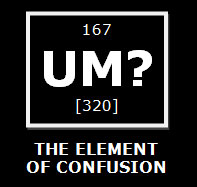

Many of the terms used in science have a more exact or different meaning when compared to the way they are used in casual conversations. For example people often misunderstand and, therefore, misuse the terms "strong" and "concentrated" when discussing acids and bases.
This lesson will teach you how to distinguish between a strong acid or base and a concentrated acid or base.
For this lesson, you will be using the Arrhenius definition of acids and bases. First, let’s review this theory of acids and bases.
An Arrhenius acid will dissociate hydrogen ions (H+) in solution. Compounds that are Arrhenius acids are recognizable by the hydrogen at the beginning of the compound, like HNO3. The hydrogen at the beginning of the formula is the proton that will dissociate from the compound.
An Arrhenius base will dissociate hydroxide (OH-) ions in solution. Compounds that are Arrhenius bases have formulas written with an OH on the end of the compound, like KOH. The OH, or hydroxide, at the end of the formula is the (OH-) that dissociates from the compound.
![]() Click on the compounds below that are considered acids or bases based on the Arrhenius theory. If your selection is correct, the box will turn green, if you are wrong, the box will turn red.
Click on the compounds below that are considered acids or bases based on the Arrhenius theory. If your selection is correct, the box will turn green, if you are wrong, the box will turn red.